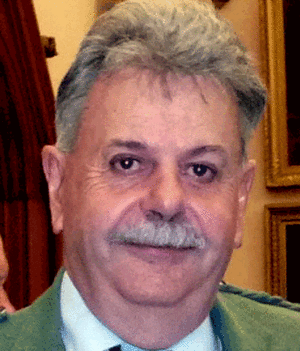
By Duncan Watson
Early in September 2019 saw the Braemar Gathering taking place. The piobaireachd competition has long attracted notable pipers to the event and history tells us that the likes of John MacDougall Gillies attended in 1875 and was the winner of the competition. I don’t know what tune he played.
Not taking anything away from the man or his performance, but going by the historic records, only three or four took part that year. (Noteworthy that today the organisers have to limit entry to 25.) Gillies was an eminent figure in the piping world and since then many others of equal standing have played in the competition. Leaping on 33 years to 1908 we find John MacDonald (Inverness) achieving the ultimate success having played the End of the Great Bridge.
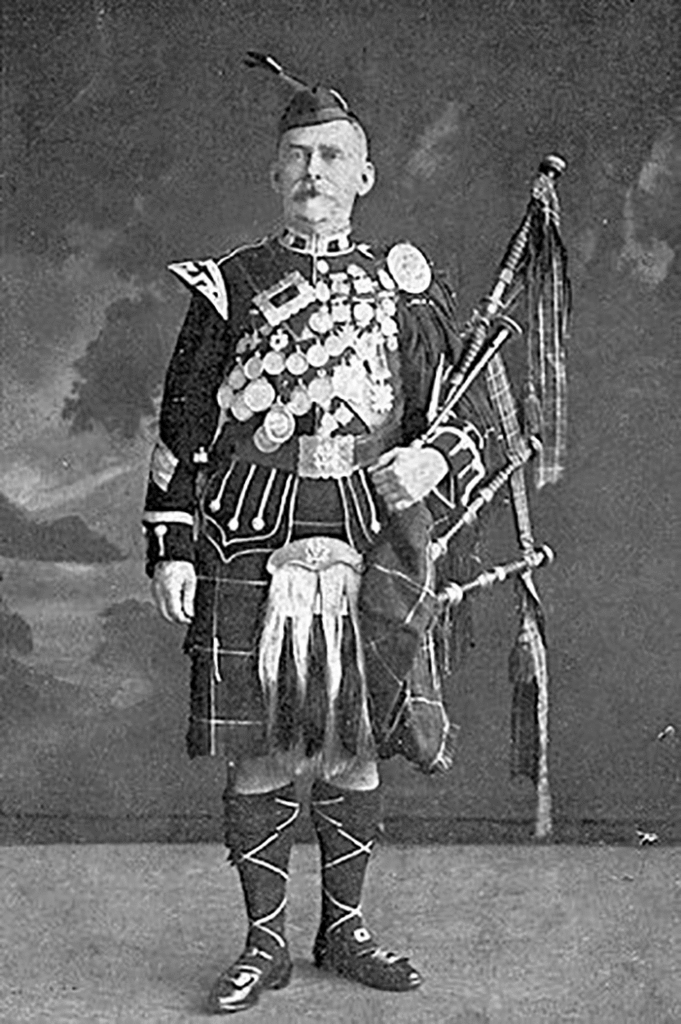
(Apparently he played the last phrase in both the ground and thumb or doubling of the ground, with the inclusion of the cadence style movement involving the notation with the ‘lal’ effect.) Research tells us that that other icon of piping, Pipe Major Willie Ross, was also there that day. There is a sense of tradition surrounding Highland games in general and Braemar certainly has that aura. The Games piping competitions are in fact the backbone of that tradition.
[wds id=”2″]
So to the present, and this year 111 years on from the John MacDonald success, the name Matt Pantaleoni from St Louis, Missouri, has been added to the list of pipers who have had success at Braemar.
This particular contest presents unique challenges. Firstly there is a requirement to submit eight tunes. Some years ago, to make things easier, the Braemar committee kindly reduced the number of required tunes from 10 to 8! Added to this is the obvious challenge of learning which tune of the eight is to be performed only on arrival at the judge’s bench. None of this getting the tune a week early or the night before.
Additionally the weather on Royal Deeside can be daunting. There is a local expectation that there will be a snow fall soon after the Gathering. This year the locals described the conditions as ‘rather cool’ which was something as the Braemar people don’t seem to feel the cold.
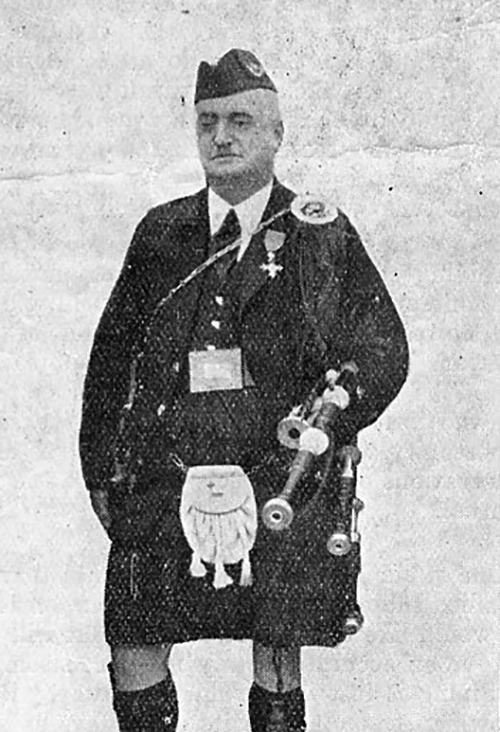
However, despite these stout challenges, there have been some very good performances over the years and this month Matt Pantaleoni, who is a nice sort of American gent, rose to the challenge in fine style.
He was asked to play The Vaunting. I am acquaint with the tune and indeed as a member of the bench it was my choice. I had never heard him at it before and frankly did not know what to expect. Whether that is an advantage to the player, and indeed the judges of the day, can be debated. There are pros and cons.
Matt tuned his pipe nicely; it was well within the parameters of being ‘good’. As a matter of interest, I feel strongly that the prize list should not hinge solely on bagpipe sound as appears to be the case in lots of competitions.
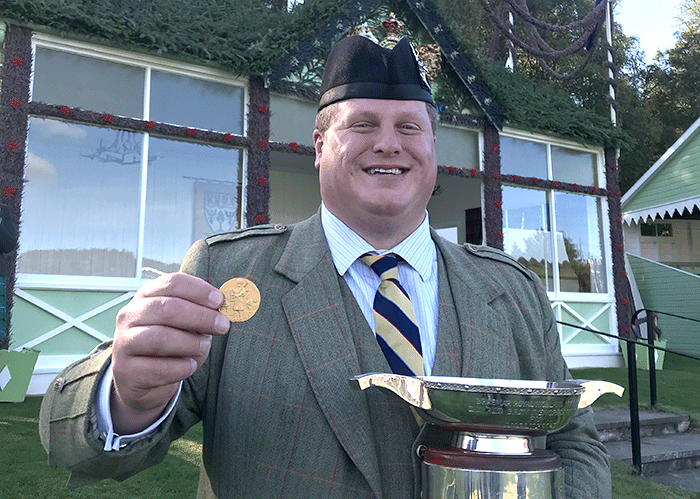
Tone and steadiness are certainly a vital element and these days many pipers do produce enviable sound from their instrument. In relatively recent times there has been two articles published touching on this subject of over emphasis on tone by judges.
Matt tackled the tune as a real vaunting and played it in emphatic manner, in an expressive ‘down’ style in the ground, following that thematic flavour into the variations. There is always a ‘but’ of course, in this case a minor one. The B echoing beats in the ground are handled a bit different in this tune, but when Mat was executing the D gracenote prior to the initial B it was rather clipped causing a slight, but only a slight, sense of snatching.
A minor point, and overall the tune, difficult to catch exactly right, was very well played. Matt adopted a different timing from that which is portrayed in the Piobaireachd Society collection and Kilberry Book though as we all know the written page in any music is a reference giving just the bones of the tune and leaving the performer to flesh it out.
From memory the way the tune is notated in ‘Binneas is Boreraig’ is nearer to what Matt adopted. What is published there is based on what the late Malcolm MacPherson played and the redoubtable Dr Roddy Ross noted down from him. Norman Matheson tells me that he, James Ross Matheson and Angus MacPherson, Malcolm’s father, discussed the tune during some of Norman’s deer stalking sojourns to Invershin.
After a day on the hill it was common enough for them to return to Angus’s house where they would discuss piobaireachd until the small hours of the morning. No doubt there might have been a bit of refreshment on the go too.
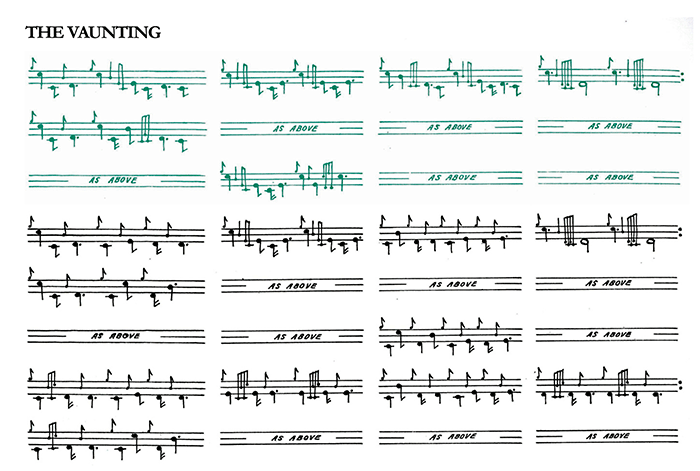
However, Norman has often stated that Angus was very consistent over the years about the ways that tunes were played in his young day and by his father, Calum ‘Piobair’ Macpherson. It is the case that Matt Pantaleoni played the tune in the same sort of way as apparently Calum Piobair did, and whilst pipers can play what they wish and are not tied to a particular style or setting, it is gratifying to know that a traditional way of the tune is still being appreciated and valued.
John MacDonald (Inverness) may have had a hand in all of this. He did attend Calum Piobair for instruction and indeed young Malcolm, in turn, attended John MacDonald for tuition. Moreover other pupils of John MacDonald have presented the tune in the way Matt played it.
The mood of The Vaunting differs from a lamentation or a salute and as Matt Pantaleoni tramped the boards at a chilly Braemar his music exuded the flavour of a vaunt in emphatic style, a tune in keeping with the other title with which it is associated: ‘The Rage of Drunkeness!’
[wds id=”8″]















